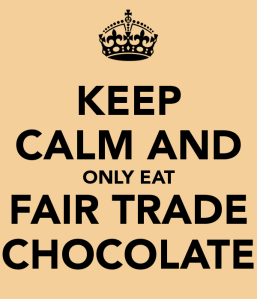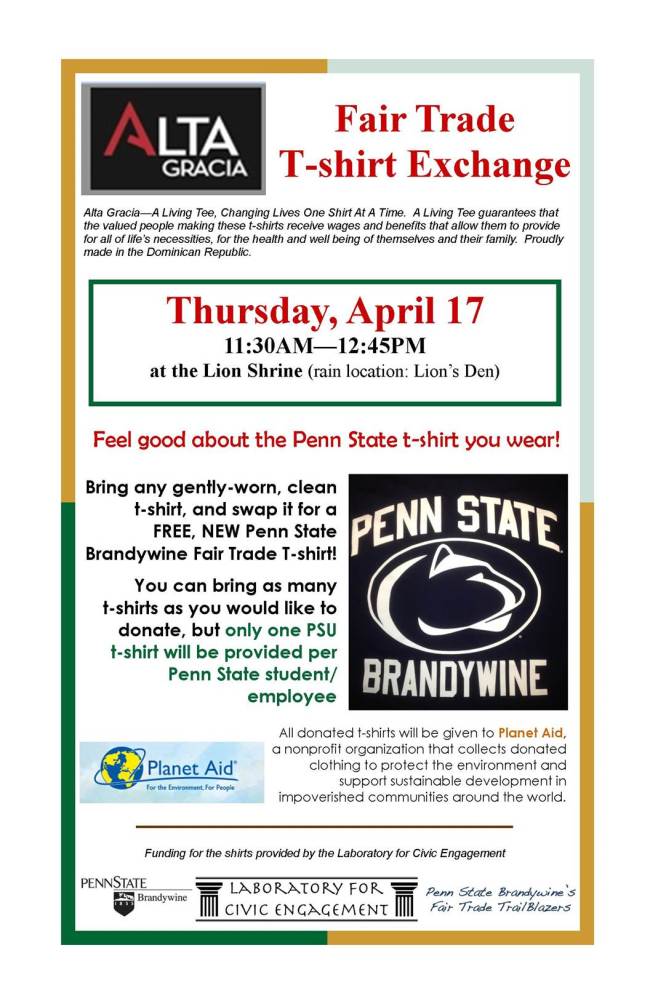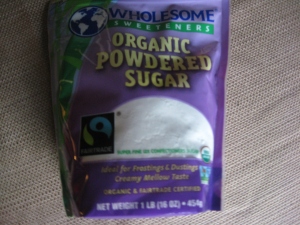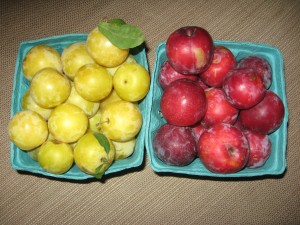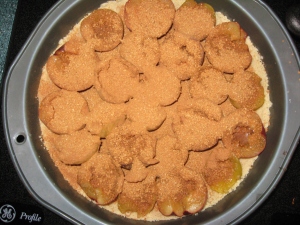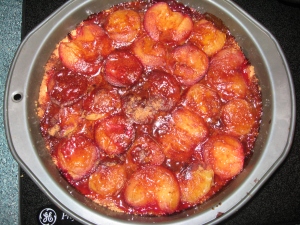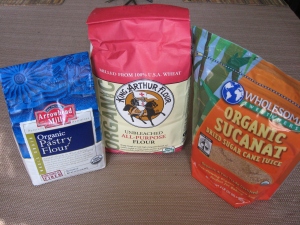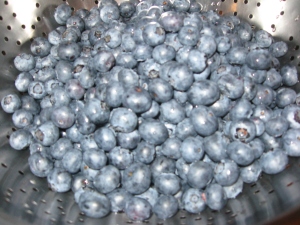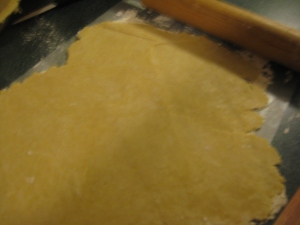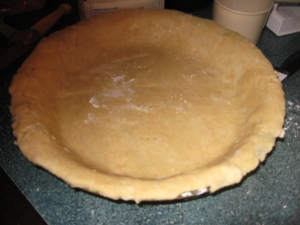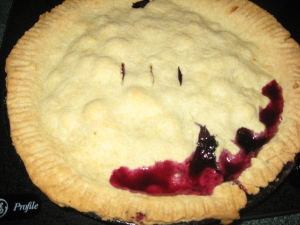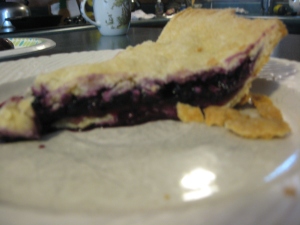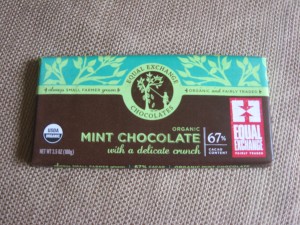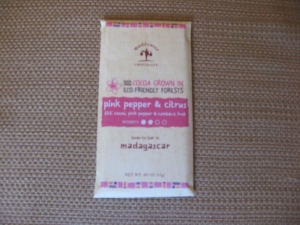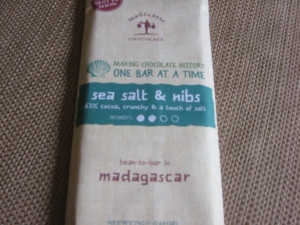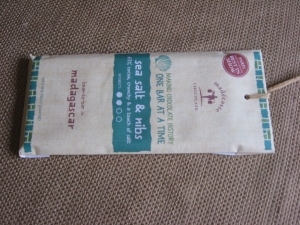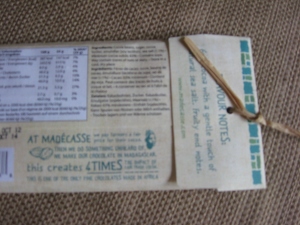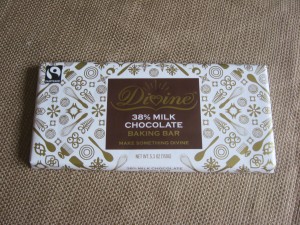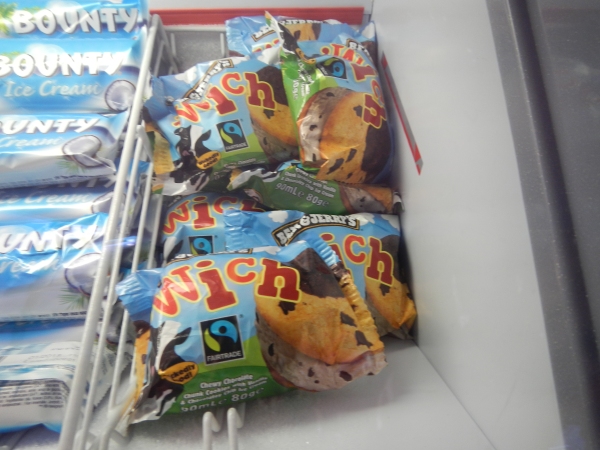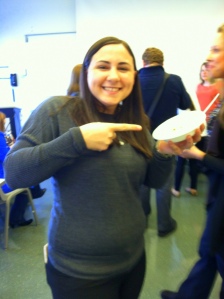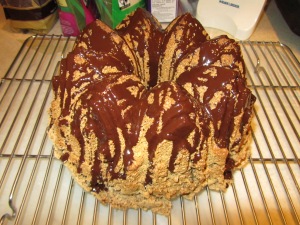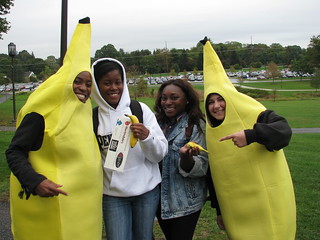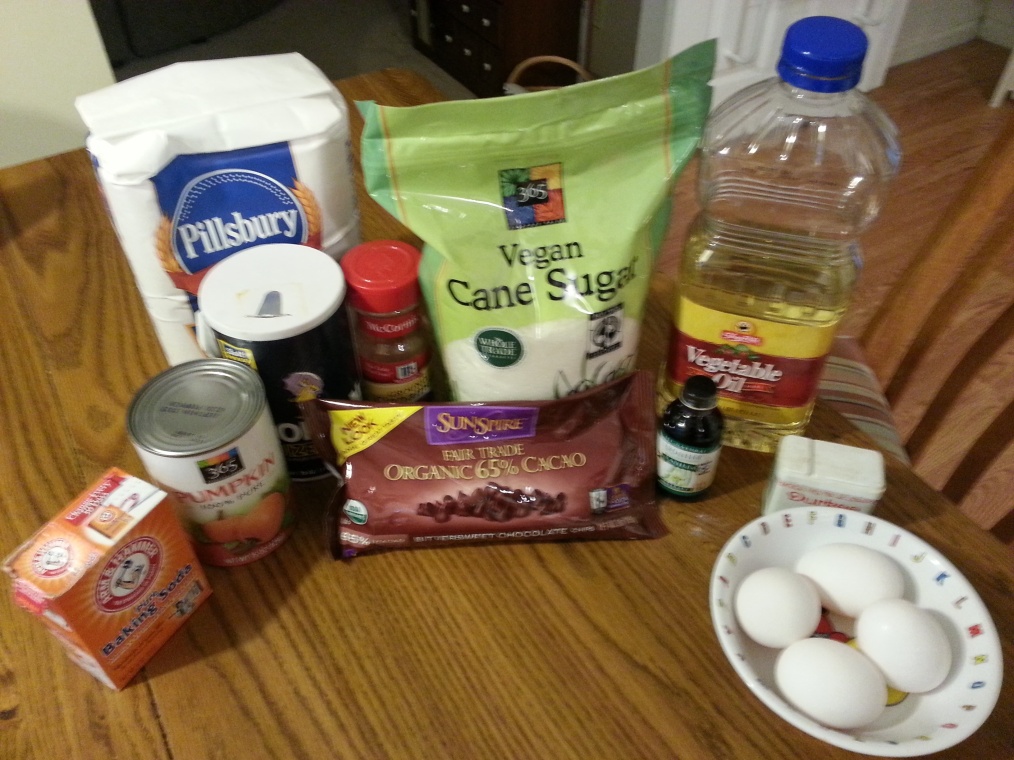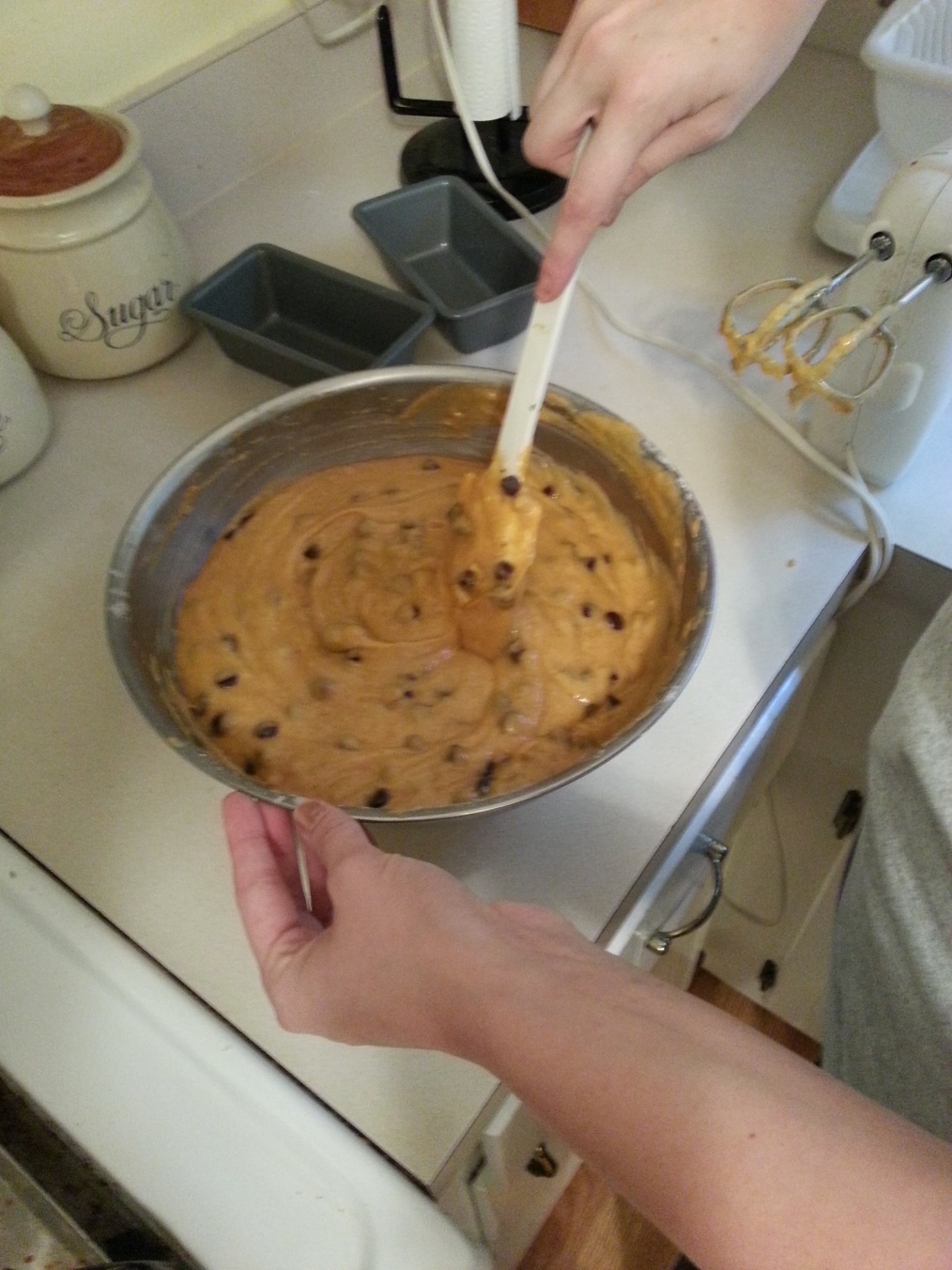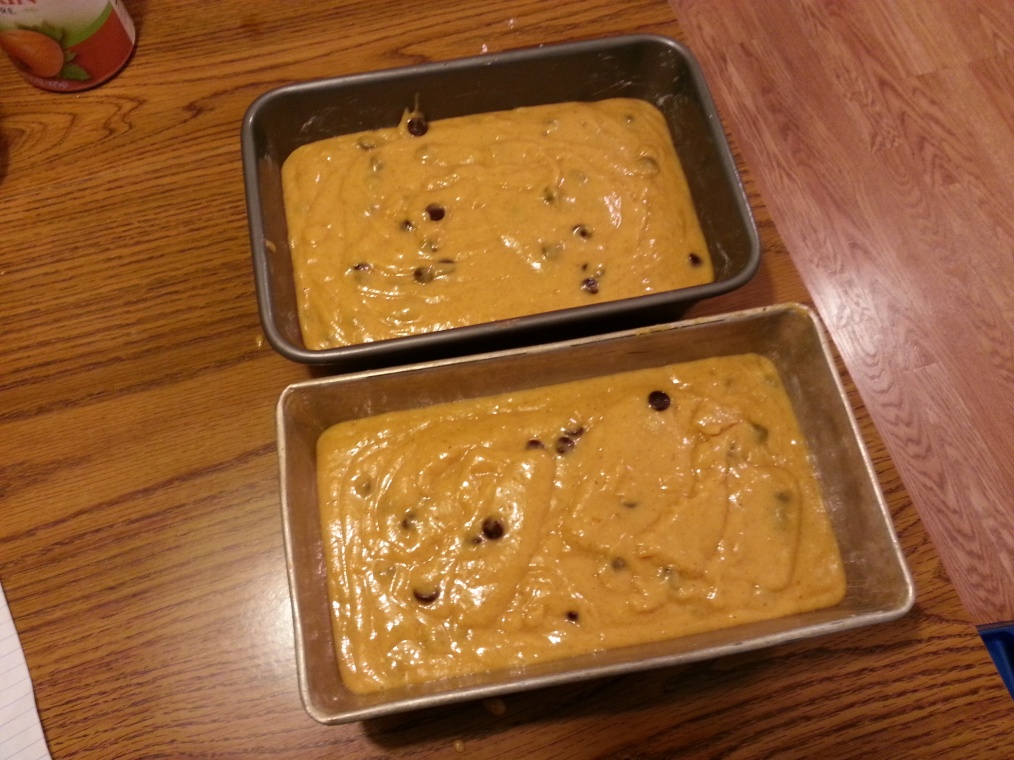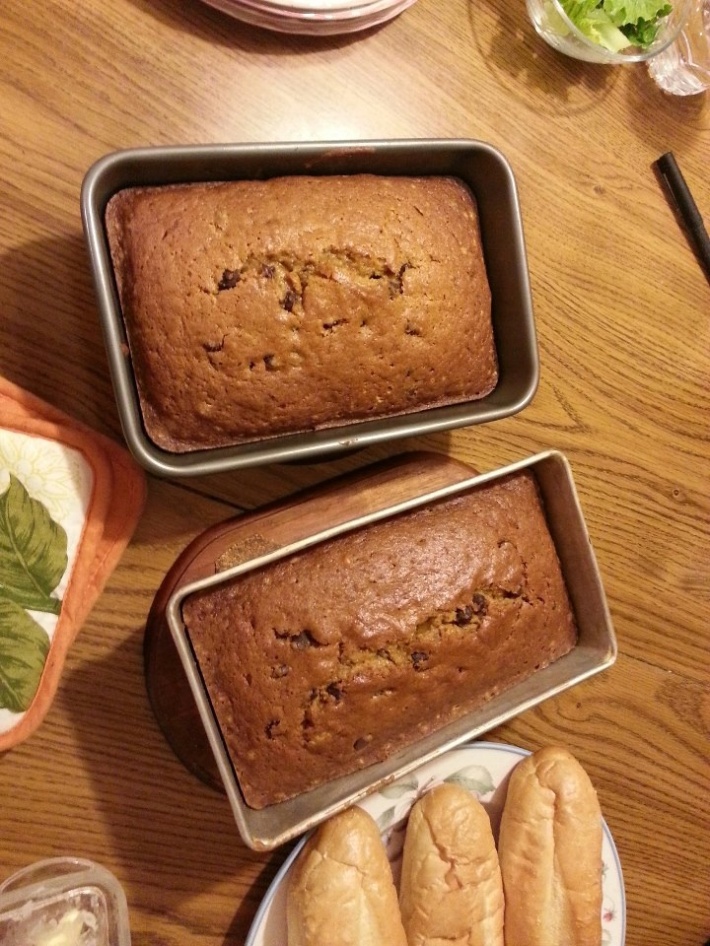What everyone must know about fairly certified coffee and how you can help.
What is Fair Trade?
On September 29th, millions of people across the world gathered together in public or on social media to celebrate National Coffee Day. More than 400 million cups of coffee are consumed everyday and our addiction is only growing. If one morning, everyone went out and bought fairly certified coffee, we would drive at least $2 million back to coffee farmers. Coffee is a huge staple in almost everyone’s life. Not realizing that the coffee industry is struggling, one day purchasing coffee is not going to be an easy task. But all you have to do is drink a cup of Fairly Certified coffee.
Fair Trade is the principle that creates opportunities for disadvantaged producers, ensures no child labor, ensures fair payment to the producers, and transparency and accountability are promoted. It is essentially an agreement by a seller to pay fair wages and provide good working conditions to those producing goods in developing countries.
Here are three companies that support fair trade coffee.
Green Mountain
Website: http://www.gmcr.com/
The Green Mountain offers the largest selection of Fair Trade Certified coffee in the United States. What began in 1981 in a small café in Waitsfield, Vermont, roasting and selling coffee. Soon demand for their coffee to be supplied at local restaurants increased. This coffee comes from parts of the world where coffee beans are grown in excellent condition such as Kenya and Ethiopia. Green Mountain’s message about Fair Trade is as follows “we are dedicated to purchasing high quality coffee while investing in quality of life for farmers today.”
Equal Exchange
Website: https://equalexchange.coop/
Equal Exchange had one specific goal in mind when they started running their organization; what if food could be traded in a way that is honest and fair, a way that empowers both farmers and consumers? Equal Exchange was solely built upon Fair Trade ideals where all of their products ranging from coffee, tea, and chocolate, support the sustainability of farmers. What kickstarted this organization is the coffee they imported from Nicaragua. In 1986, Reagan’s administration placed an embargo on all products from Nicaragua and importing coffee from here would demonstrate solidarity and challenge old US trade policies.
Burlap and Bean
Website: https://www.burlapandbean.com/
In 2006, Media PA, became America’s first Fair Trade Town. This town was committed to the promotion of Fair Trade certified goods. Located in Newtown Sqaure, PA, lies a gem: Burlap and Bean Coffee where 100% of the coffee they source is Organic and Fair Trade Certified. They have a wonderful selection of specialty drinks, snacks, and baked goods provided by local bakeries. Burlap and Bean Coffee is famously known for their heartwarming hospitality, live entertainment and of course a nice cup of coffee.
How you can show support
- In honor of National Coffee Day, upload your favorite cup of Fairly Certified coffee with the hashtag #JustOneCup to show support for coffee farmers
- Read and watch videos about what Fair Trade is and how it can positively affect the environment.
- Subscribe to your favorite Fairly Certified Coffee Companies and start drinking their coffee
- Follow social media pages on Twitter, Facebook, and Instagram and share their posts to reach a bigger audience

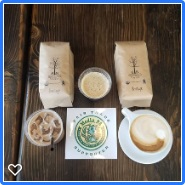

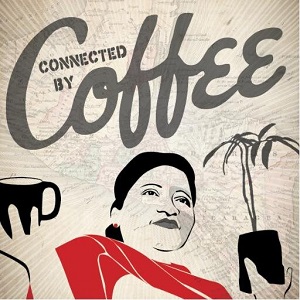
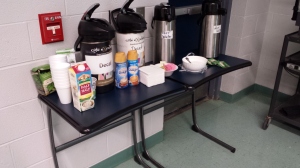
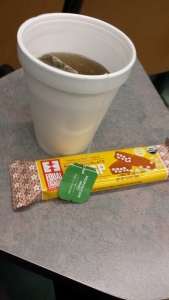
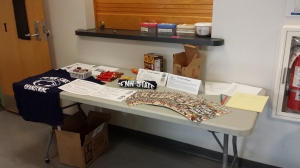
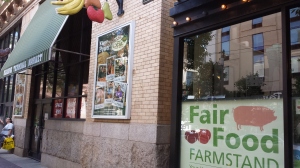

 e brownies made with Fair Trade cocoa!
e brownies made with Fair Trade cocoa!


